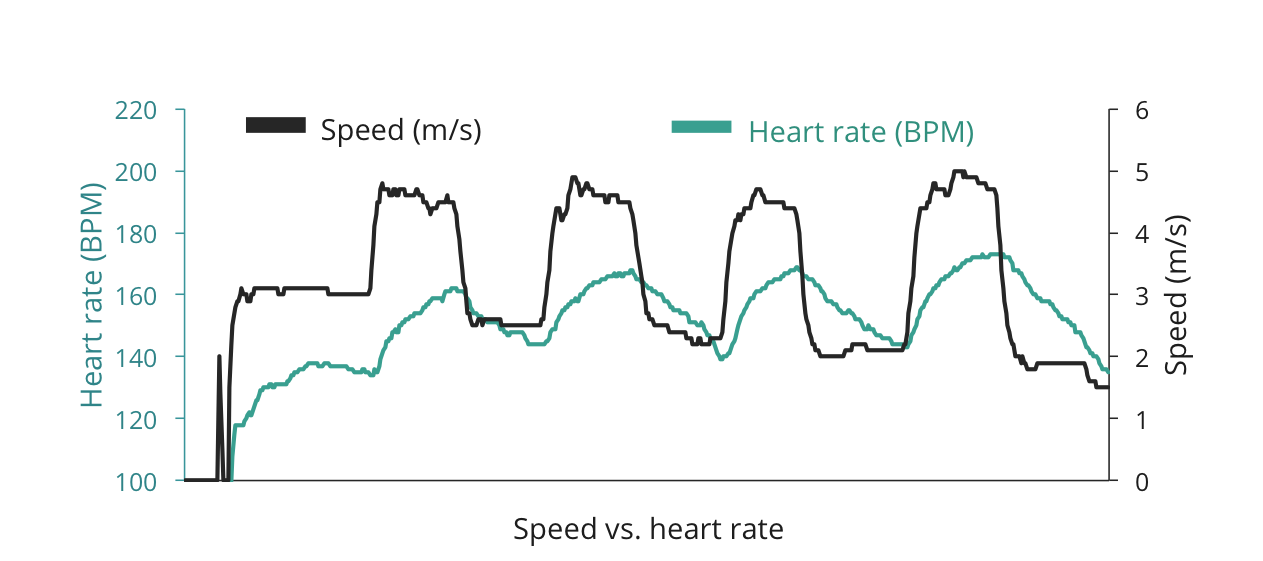Running power and heart rate

This is Gus from Stryd. This blog is a way for me to share my experiences, daily routines, interviews, training programs, and ways of using power for running.
Most of you will have questions on how to train with power. I hope the blog will give you some insight on how power can change your running for the better! Today I want to talk about running with power during interval training & comparing it with heart rate (HR). For the purpose of this first blog post, you can view power as a measure of your body's exertion.
Many of us run with a HR monitor. When I run with my HR monitor, I never know if I’m training in the right zone. (That comes with living in the mountains.) HR depends on too many things. Sports physiologists will tell you that HR has a lag and it can vary from one individual to another. Plus, if you don’t get a good sleep or you are under stress, your HR will vary.
I compared my HR and Stryd power during interval training on the track. As we can see from the following chart collected by the heart rate monitor + Suunto Ambit 3 watch, when I changed my exercise intensity, my heart rate took a while to follow. This is called HR lag.

The next chart shows Interval 1 vs. 2. My heart rate varies significantly between two identical interval-training routines.

During the test, my running power was collected by Stryd, and shown on my Suunto Ambit 3 watch, and is shown below.

My running power and training intensity matched, without lag. In other words, running power provides a consistent measure of training intensity for running. As we all know, one of the most important functions of any training device is to consistently monitor training intensity to help target particular training effects.
Why not just use pace? Inclines and running form are two reasons I will cover in upcoming blog posts.
I hope this gives you one idea on using Stryd power in your training. Wish everyone a great Holiday season and a Happy New Year!
